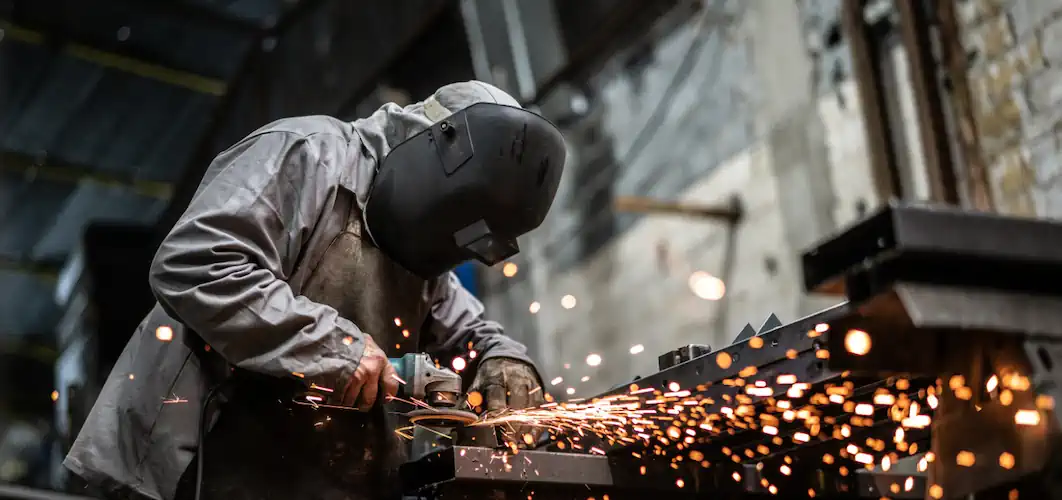The Need to Standardize the Certification and Training Between Public and Private Firefighting Services
Every year, wildfires ravage communities across the US, causing devastating loss of life and property. In 2020, wildfires burned over 4.2 million acres in California alone.
With firefighting resources stretched thin during such catastrophes, public and private firefighting services are increasingly stepping up to help protect homes and businesses from destruction. However, there is a dire need to standardize the certification and training of these services to ensure their efficacy and safety.
In this post, we’ll explore the need for consistent firefighter standards, how standardization can improve the quality of both public and private firefighting services, and why this is essential for both property owners and the citizens in general.
Table of Contents
-
The Current Lack Of Standardization In Training And Certification For Public and Private Firefighters
-
Private Firefighters And Their Primarily Structural Duties
-
The Benefits Of Standardized Training And Certification For Private Firefighters
-
Final Thoughts On The Need to Standardize the Certification and Training of Public and Private Firefighting Services
The Current Lack Of Standardization In Training And Certification For Public and Private Firefighters
Accidents can happen more easily and quickly when employers don’t require their personnel to have the common standards expected of all certified firefighters; even something as simple as protective clothing or the availability of fire extinguishers. Employers should regularly assess their employees’ qualifications and adherence to reputable training and certification programs recognized throughout the profession.
The lack of standardization in training and certification for public and private firefighters is a growing concern among industry professionals. Without an established system of measures, the safety of both civilians and those who provide brave fire protection services is at risk.
It is only through a commitment to regulating each individual practitioner that firefighting can be done safely and effectively by private forces.

Different Companies, Different Firefighter Standards
Private firefighting companies often have different standards and requirements for their employees than those found in numerous municipal fire departments. While this may be beneficial to property owners seeking additional, specialized assistance during times of emergency, it also increases the risk factor for both firefighters and civilians.
The lack of uniform regulations between different private organizations means that the staffing, equipment, and services available from each company vary widely; firefighting personnel may require a greater level of training or possess the bare minimum job performance requirements, while the supplied gear could be outdated or insufficient for combatting large-scale blazes.
These differences lead to an increased risk for everyone involved. Firefighters could face higher injury rates attempting to tackle a fire beyond their expertise, and members of the public are placed in greater danger as well due to unprepared staff.
Absence Of A Standardized Level Of Training and Certification
The lack of a unified standard between public and private firefighter training and certification is a serious safety risk to the firefighters themselves, the citizens, and ultimately property owners.
Without statewide or nationwide criteria specifying what skills and qualifications are necessary to become certified in firefighting or emergency response, it can be difficult to know whether firefighters have access to the appropriate tools, resources, and expertise needed to complete their duties safely and efficiently.
Additionally, this lack of standardization carries with it an additional risk factor when based on local laws since that could lead to unequal protection among locations depending upon who is doing the authority's bidding. As such, proper training is essential for all firefighters regardless if they are employed by public fire protection districts or private entities.

Lack Of Standardization Is An Invitation To Disaster
The lack of standardization among firefighting crews can have serious implications for both firefighters and the public; inadequate preparation for real-life situations can lead to increased risk factors.
Firefighters themselves are obviously at greater risk when their resources and support systems aren’t coordinated properly; their professional training may not adequately account for contingent variables present in any given circumstance, placing them in harm’s way while attempting to mitigate dangerous situations.
Just as importantly, however, members of the public and property owners may be placed in jeopardy due to inexperienced or ill-equipped personnel; a misjudged response could cost lives when firefighters fail to understand the situation fully.

Private Firefighters And Their Primarily Structural Duties
Increased Incidents Of Miscommunication & Situational Confusion
The lack of standardized training and certifications for firefighters can complicate emergency response scenarios and present a risk to both first responders as well as citizens in need of assistance.
Not only does it create a potential battle between the local fire department and the hired factions in an already stressful situation, but it also contributes to confusion on the part of the firefighters themselves — inevitably hindering their ability to handle difficult and rapidly changing conditions.
Without uniform decisions about what constitutes quality training or which certification matters most, there's no question that miscommunication will go unchecked, ultimately putting those involved in greater danger than necessary.
The Benefits Of Standardized Training And Certification For Private Firefighters
Firefighters provide an invaluable service to the community, helping to protect us all from danger. By having certified and standardized training, both public and private firefighters can demonstrate their knowledge and skill in providing superior protection whenever needed.
Having standardized training can also ensure that public and private firefighting practices are uniform so that everyone is working off of the same guidelines in any given emergency. Additionally, certification allows for a greater level of trust between clients and the full-service provider, giving assurance that their needs will be met when a precarious situation arises.
Standardized training and certification for firefighters not only provides superior risk management measures but also increases trust between the organization and its clients - something that cannot be overstated in situations where one’s life may be hanging on the line.
Standardization Ensures Seamless Coordination In Emergency Cases
With standards for training and certification of public and private firefighters set by authorities like the National Fire Protection Association (NFPA), emergency response organizations can have confidence that the personnel have a unified and comprehensive understanding of the protocols necessary for efficient responses in any given situation.
Certified public and private firefighters are invaluable assets to national defense by providing unparalleled teams of responders, especially in the fire season, who can handle multiple situations simultaneously with confidence.
Standardization As A Safety Harness For Private Firefighters
Once standardized, training regimes and certifications would help ensure that all firefighters meet a certain level of preparedness, which would be necessary when responding to situations that are often unpredictable.
The safety benefits associated with standardizing training cross over into other realms as well, such as providing greater confidence in the fire department’s overall response time and providing more accountability for both fire brigade behavior and their decisions on site.
Standardization of training and certification processes can yield significant safety benefits for all stakeholders involved.
Final Thoughts On The Need to Standardize the Certification and Training of Public and Private Firefighting Services
As our society evolves, the need for uniformity among firefighter standards becomes more and more essential. Therefore, organizations across the country must look to standardize the certification and training to ensure safety and quick response times in addition to giving peace of mind to those who rely on their services.
Professionalism must be maintained from start to finish so that all members are prepared, highly trained & certified, with all equipment functioning optimally to ensure everyone’s safety. Realizing these goals will lead to multifaceted advancement in certification, logistics, training, and overall readiness for public and private firefighting services nationwide.























